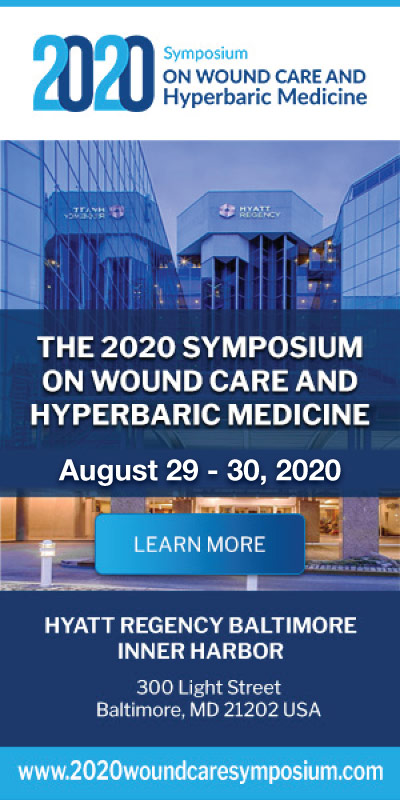December 2020
Want to know if Hyperbaric Oxygen Therapy Effective for Wound Treatment? Get complete information regarding Hyperbaric Oxygen Therapy here. Click Now!
Is Hyperbaric Oxygen Therapy Effective for Wound Treatment?
Long-lasting wounds can be an uncomfortable and concerning experience. When a wound takes longer than expected to heal, it impacts a patient’s day-to-day life for extended periods of time, causing distress for the patient. Though some patients may be able to recover from wounds with minimal treatment, Towson wound care specialists often recommend Hyperbaric Oxygen Therapy for those with more persistent or serious wounds. A 2014 study conducted by Mahidol University found that 77.5% of subjects with complex wounds healed after completing a series of Hyperbaric Oxygen Therapy. All participants had wounds that were older than 6 months, yet experienced significant healing after completing their therapy sessions. If your wounds are taking much longer than expected to heal, Hyperbaric Oxygen Therapy may be a step in the right direction.
How Does Hyperbaric Oxygen Therapy Work?
During Hyperbaric Oxygen Therapy, or HBOT, patients enter a pressurized chamber containing 100% oxygen at a wound care center. The pressure in the hyperbaric oxygen chamber allows for a higher concentration of oxygen – up to 20 times more than normal – to dissolve into the patient’s plasma. Patients remain in the hyperbaric chamber for 90-120 minutes per session and usually begin with 20 sessions, though some treatments may be extended. While in the chamber, patients breathe about 200% of the typical oxygen levels. This helps accelerate the healing process, as many of the functions necessary for proper healing are dependent upon the body’s oxygen levels. Most patients watch movies, listen to music, or fall asleep during their 90-120 minute treatment.
The concentrated oxygen in the hyperbaric chamber stimulates new blood vessel formation in the tissues, also known as angiogenesis. Since diabetic patients struggle to develop new blood vessels rapidly, this can be greatly beneficial for diabetic foot ulcer treatment. Increased circulation and oxygenation stimulated by HBOT repairs damaged blood vessels, while the pressure also increases blood flow by reducing swelling. Increased oxygen levels also encourage the creation of new white blood cells, which help the body fight off infection. This beneficial effect of hyperbaric oxygen therapy can be particularly valuable for diabetic patients seeking wound care in Towson, as diabetic patients struggle with the production of new white blood cells.
When is Hyperbaric Oxygen Therapy a Good Treatment Option?
Hyperbaric oxygen therapy is commonly used to treat diabetic foot ulcers and other persistent wounds. HBOT can also be used to treat wounds that have resisted traditional means of healing. It is particularly helpful for patients who naturally struggle to recover from wounds, such as diabetic patients. Hyperbaric oxygen therapy is also an effective treatment for osteomyelitis – the inflammation of a bone or bone marrow, typically caused by an infection. HBOT can even be used to treat concussions.
While most day-to-day wounds can be treated by a primary physician, persistent wounds require treatment by a wound care specialist. If you are experiencing a complex wound, it may be time to consult a wound care specialist about hyperbaric oxygen therapy in Maryland.




Sorry, the comment form is closed at this time.